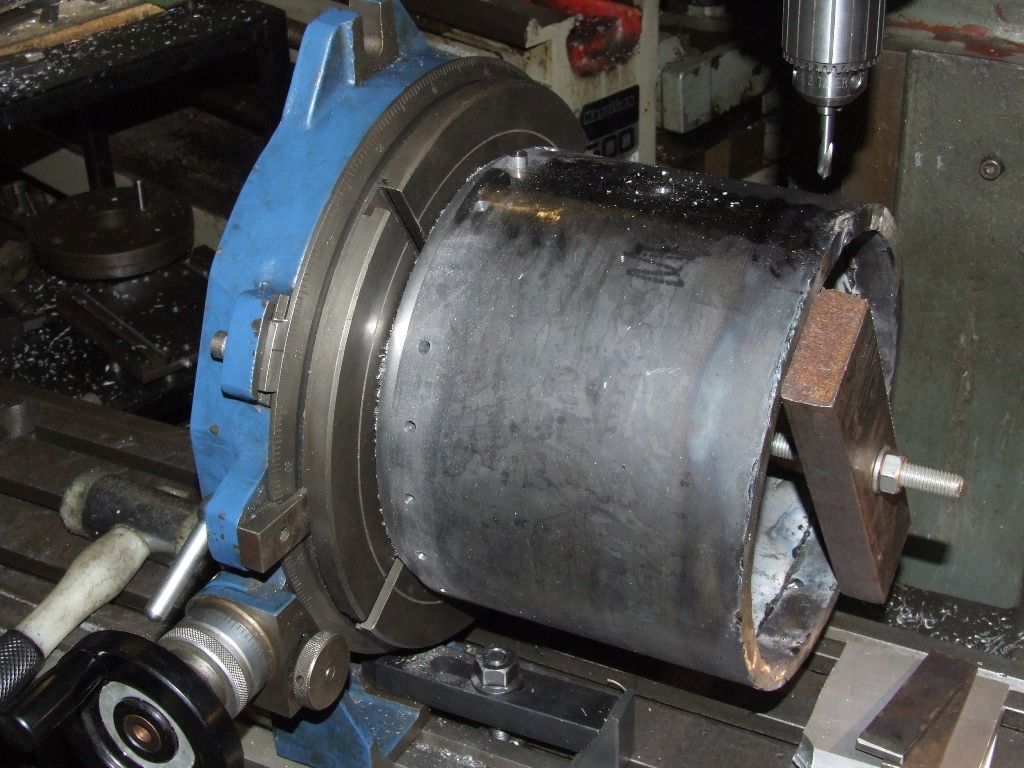Spotting Drill or Centre drill.
Spotting Drill or Centre drill.
- This topic has 50 replies, 28 voices, and was last updated 1 March 2018 at 22:23 by
CHARLES lipscombe.
- Please log in to reply to this topic. Registering is free and easy using the links on the menu at the top of this page.
Latest Replies
Viewing 25 topics - 1 through 25 (of 25 total)
-
- Topic
- Voices
- Last Post
Viewing 25 topics - 1 through 25 (of 25 total)
Latest Issue
Newsletter Sign-up
Latest Replies


 ).
).


